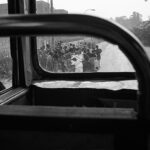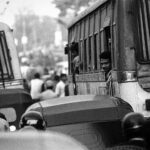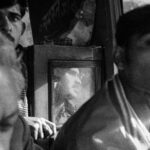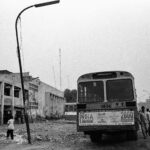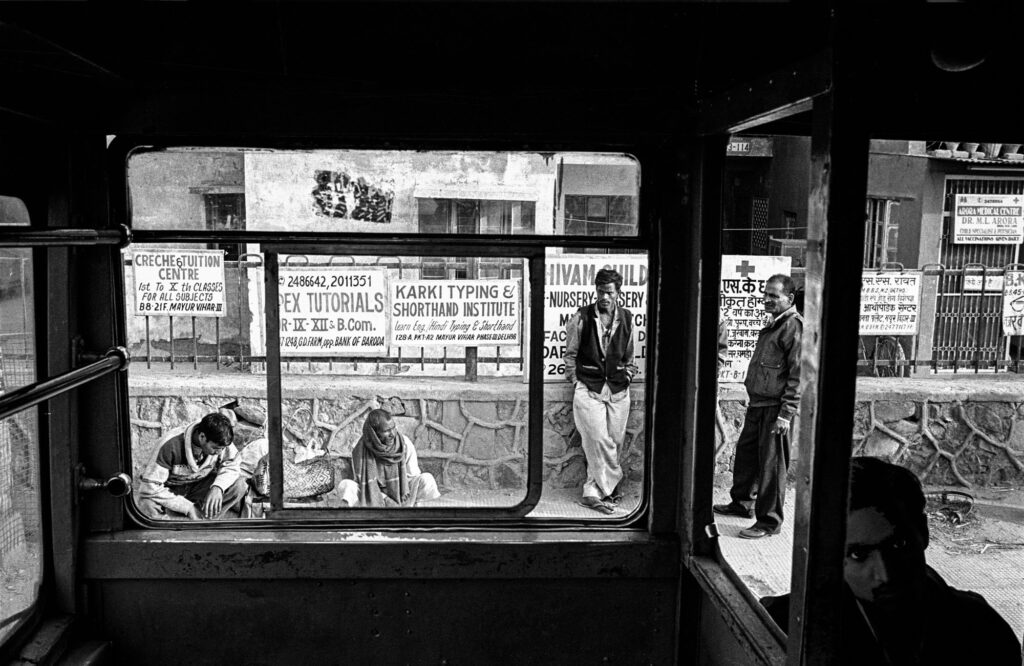
In 1999, Delhi’s buses were essential for transporting thousands daily but also posed major environmental and noise challenges. Often old and poorly maintained, these vehicles emitted thick black smoke, worsening the capital’s alarming air pollution.
Inside, passengers endured overcrowding, heat, and relentless noise: roaring engines, blaring horns, and chaotic traffic. This constant din, combined with poor air quality, made daily travel taxing on health and morale.
Yet despite these hardships, buses remained vital links between poor neighborhoods and urban centers, embodying the contradictions of a rapidly growing metropolis balancing modernization with persistent environmental problems.














